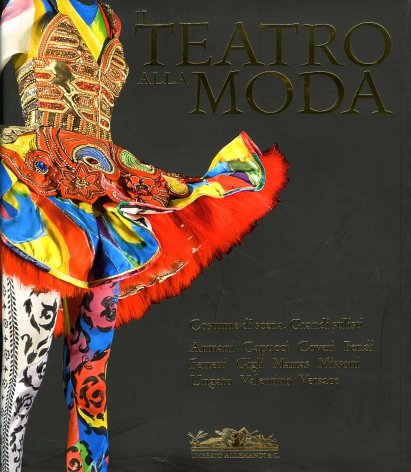Splendid Fetishes
in Fashion and the Theatre, catalogue of the exhibition
edited by Massimiliano Capella.
Fondatione Roma Museo, Rome,
5 November-5 December 2010.
Umberto Allemandi & Co., Turin, 2010.
For many years now the greatest fashion designers have been challenged by the stage and the genre of the opera. There are many different personal approaches: old predilections, neophytes’ enthusiasms, the wish to try out new languages and situations. The theme would easily lend itself to endless descriptions but which would be tautological. We feel it is more worthwhile raising the question: what is the deep meaning of the interaction between an art author and another art work to which he is to apply himself? What does it all involve from the phenomenological point of view? The question is not a futile one. If we think of the Rosenkavalier with Balestra’s costumes or Così fan tutte with Armani’s costumes we have to wonder: could the Marschallin wear a Balestra outfit? And Dorabella an Armani? What would be the reason behind such a choice? What is the connection between the a-historical essence of the Opera, its historical situation at the time of its creation, and its revisiting by another artist? What is the meaning of Missoni’s option in Lucia di Lammermoor to compose a “Missoni-style” colour palette, and on the other hand Gianni Versace’s choice of a stylistic change whereby the costumes of Don Pasquale da Corneto and the princess Salome are credibly these characters’ clothes (or, and things become even more complicated) a combination of Oscar Wilde, Salome’s source, of Versace himself and the director Robert Wilson?
